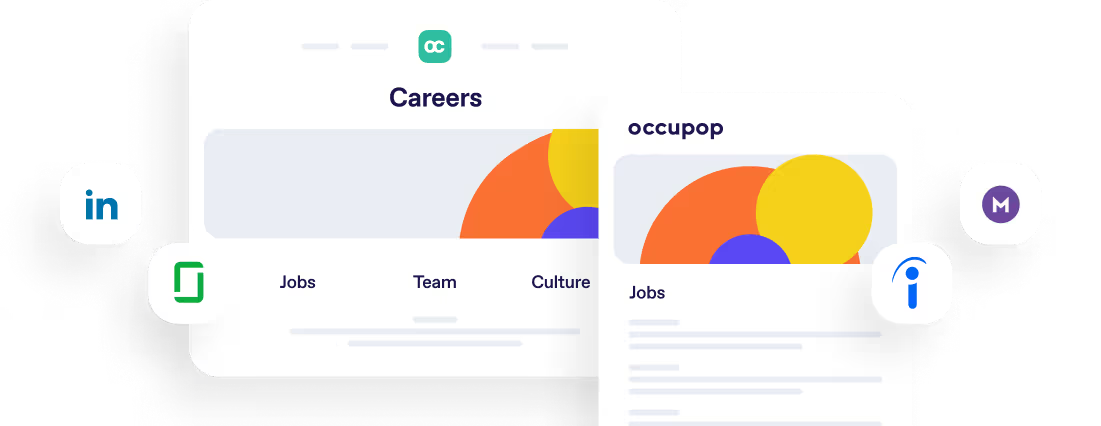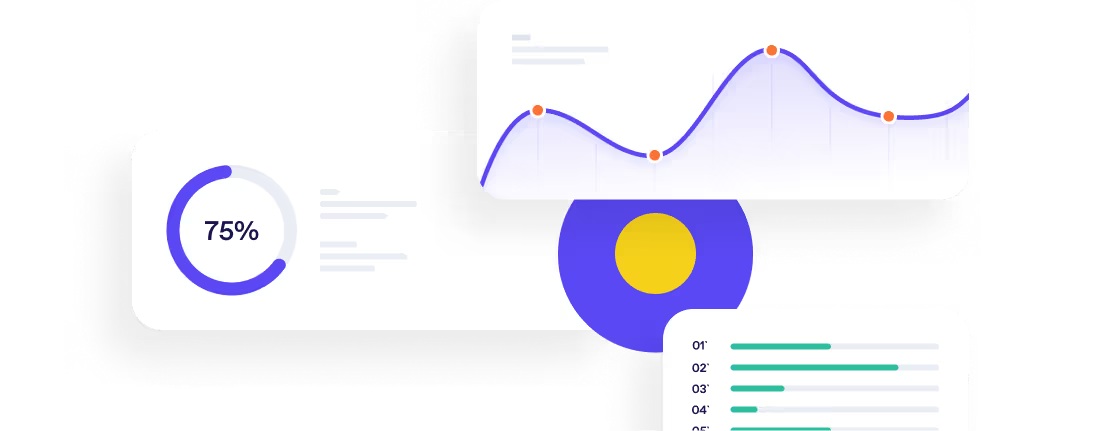How to Know Which HR Software is Right for Your Business



Companies big and small are utilising HR software to help them improve their processes, attract and retain the best talent and save time & money. Recruitment software plays a key role in helping HR teams achieve such goals. To learn more about how our recruitment software can help automate your hiring process, read our How It Works page.
In a study conducted by Forbes, researchers found that HR professionals spend 41% of their time on transactional activities. The same respondents told researchers that they plan to reduce this number to only 30% in order to focus more on people and culture in the workplace. In a different study by The Hackett Group, researchers found that 90% of HR executives said they believe that technology will substantially change their organisations’ operations, but less than half reported having the resources to do so.
In this fast-paced digital world, technology is usually the best way to reduce administration, increase productivity and streamline processes, all so you can move on to more important 'human' tasks. But with so many options out there, it can be overwhelming to figure out what you should automate. That’s why we’ve rounded up the considerations before investing in a HR software.

How big is my company?
Whether your company is multinational or independent, it is probably time to start looking into some sort of HR software.
Small businesses with a minimal number of employees may function fine with manual spreadsheets and paper forms for some processes. However, automating things like onboarding and performance management can make a huge difference, especially if the business owner also acts as the HR department. Many cloud-based HR systems offer helpful tips and instructions for various Human Resources processes, and they are also often extremely easy to operate--no technical degree required. In this way, HR software can ensure that a company runs smoothly without the need for an HR manager or IT team.
Larger companies have an even greater need for HR software, and most of them already automate processes such as payroll and time clocks. However, more complex software, such as employee engagement software and learning management systems, have been proven to enhance employee culture and productivity. In fact, G2 Crowd’s employee engagement survey found that 80% of HR employees said that using HR technologies improved employee attitude toward the company.
Tip: The size of your company will determine what you should automate now, and what can wait until later. Survey your hiring team or HR department to see what gaps they need assistance in filling--whether because of lack of time or resources--in order to find the right software for your organisation.
Is my company expanding?
If a company of any size is hoping to expand, HR software becomes essential. Not only can these programs automate the recruitment process, many of them can also give you insights about your workforce through analytics.
Recruitment software and Applicant Tracking Systems can be used to post your job listing on various channels, screen CVs, schedule interviews and streamline the onboarding process. As an added bonus, using a good software to help with your onboarding process makes employees happier and more engaged, too. BambooHR found that effective onboarding software boosts new hires’ confidence in joining your company enough to reduce your turnover by 30%. They also discovered that employees are five times as likely to report high levels of engagement at work when they believe their company’s onboarding software is effective.
Predictive analytics are the other software secret to better recruitment. Club Med, for example, uses predictive analytics for insights on employee satisfaction, job turnover and top talent retainment. By studying the profiles of their workers that succeed, they can do a better job recruiting and retaining the best people. And they’re not alone: The Future of HR 2019 survey found that 60% of respondents plan to invest in predictive analytics in the next two years.
Tip: Even if you’re a smaller company hoping to take on some new hires, a good recruitment software is the answer to competing with the giants and keeping your employees--old and new--engaged.
INSERT-CTA
What about AI?
Gone are the days when HR software was purely a numbers game or a paperless database. Now, software is in the cloud, and it’s smart. The Future of HR 2019 survey found that 88% of HR leaders who have already invested in AI call the investment worthwhile. That means the future is already here, and it’s time to get investing.
Most HR executives report that AI is most helpful when it comes to recruiting. Smart software can send thoughtful messages to multiple candidates, source CVs, remove bias during CV screening and score candidates based on relevancy to the position.
Vodafone started using AI software to screen its video interviews for everything from role requirements and top performers to body language and speech cadence. This process has cut the company’s hiring time in half, and over 50,000 candidates have participated.
Outside of recruitment, AI software is also being used to interact with current employees. Intelligent chatbots can answer everyday queries in real time, and A.I.-based surveys can set grading systems for employees and give them nudges in the right direction. HR analyst Josh Bersin noted that one of his clients started using A.I. to analyse feedback from employees and then use this data to match them against higher performing teams. Within three months of using this technology, the leadership teams showed a 25% improvement in corporate values, based purely on small behavioural nudges from AI
Tip: As you’re searching for a software that suits your needs, keep an eye out for whether or not it uses AI technology. Those smart benefits don’t just belong in the future.

What should stay human?
When automating your HR department, the real question you need to ask yourself is, “What shouldn’t be automated?” Human Resources is, at its core, the human part of any company. So how can you strike a balance between technology and the human touch?
Harvard Business Review found that most organisations aren’t spending enough time understanding what they are automating and instead try to automate entire jobs. However, HR departments should only be streamlining specific “must-do” activities in order to better focus on the people-centric elements of their company, such as culture, leadership and productivity. Josh Bersin’s high-performing HR model found a similar correlation: The more time you spend on non-transactional work, the higher impact HR will have.
When BambooHR surveyed 30,000 members of the Human Resources industry at their HR Virtual Summit, they found that their top three biggest concerns were enhancing employee performance and engagement, measuring and improving company culture and improving the employee onboarding experience. While there’s a software for each of these--performance appraisal software, employee recognition software, onboarding software--there is also the question of how you will use the time you save with automation.
Tip: Before investing, dig into the tasks that take the most time and the least amount of complex thought. If technology can do it faster and more accurately, it’s time to automate. However, if the task takes some creativity and empathy, leave it as it is.
INSERT-LINE
HR software is simplifying and shortening time-consuming tasks so that you can focus more on the people and culture of your company.
Ready to start automating your recruitment process now? Occupop a user-friendly software that can track your performance on different channels and score your potential hires. We use AI-based software to save you up to 4-5 hours a week on the recruitment process, meaning you have more time to focus on the human part of HR.
Check out our website to get started for free, and subscribe to get more HR information straight to your inbox!
Summary Points
Here are the questions to ask if you are considering HR software:
- How Big is My Company?
- Is my Company Expanding?
- What About AI?
- What Should Stay Human?
Simple. Beautiful.
Recruitment Software.
HR updates sent straight to your inbox
You might also like...


Manage your entire hiring process simply, from engagement to management, hiring and onboarding







Simple. Beautiful.
Recruitment Software.
Recruitment Software.






